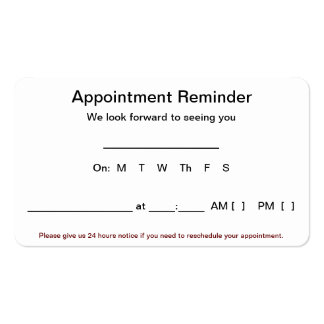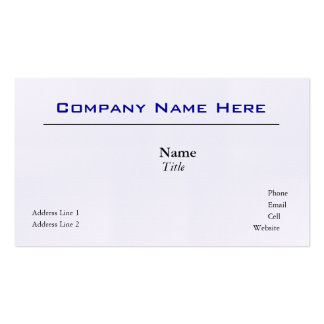The internet is a dog-eat-dog world for online businesses; hundreds of thousands of sites within the same niches are all competing for the best rankings, top keywords, and valuable attention from consumers. It is critical for business owners to not only know the rules and guidelines of current SEO practices, but to also be able to stay ahead of the curve by recognizing new patterns as they emerge.
Since SEO best practices are changed more often than coffee filters, it can sometimes be hard to stay on the ball at times. For that reason, marketers and business owners are constantly under pressure while conducting hours upon hours of SEO research and investigatory work to be certain that they are in-the-know and their website will outperform the competition.
To help save you all those hours of arduous online analysis, here is what you need to know about the direction SEO is heading and what factors are absolutely vital to success.
Keyword Targeting
Keywords have always been a defining factor in SEO, however, many sites are not harvesting the results that have been seen in years prior for the same keywords. This is in partly due to the growing competition. Everyday new sites emerge making the competition pool that much larger. In order for sites to generate the amount of attention necessary for survival and prosperity, a bit of creative thinking is required.
Businesses must expand their SEO vocabulary through exploring alternative terms that folks may be searching to find what they are looking for. Mid-tail and long-tail keywords are quickly becoming more popular as Google’s voice search feature often has people posing casual questions while on the go.
When identifying keywords, it is fine to start with the most commonly used terms, but only as a starting point. From there, you will want to come up with as many variations and associations as possible. Once you have racked your brain for every keyword possibility, turn your attention to digital tools for help. Some useful resources for keyword identification include:
- Related searching in Google, Yahoo, and Bing
- BuzzSumo
- Google auto-complete
- SEMRush
- Yahoo Search Assist
- Harvesting keywords from top-ranking competitors’ meta tags
Site Appearance
Much of a site’s success has to do with its appearance and usability. Sites that seem outdated, cluttered, or not intuitive simply aren’t trusted by most and will not get the amount of traffic desired.
In order for your site to be not only appealing (but more importantly trusted) by consumers, there are certain elements that must be present. But it isn’t just consumers that are concerned with your site’s appearance; Google is too.
Google is continually trying to provide users with the best possible listings in SERPs. This means that Google also analyzes a site’s bounce rate and how much time users spend on a site. If your site looks like it hasn’t been updated since 1999, they will move on quickly and Google will recognize this and factor it in to your ranking results. Make sure your site is as modern and user-friendly as possible if you want to rank well.
Link Carefully
Backlinks are still a factor in SEO. You should take full advantage of this by incorporating links to content you have previously published in newer posts. This will help increase the time users are on your site, engagement, and shares of your content. It is equally important to create external links wherever possible, but do be cautious about the external links that you select. Links that are irrelevant to the subject at hand, spam-like, or just plain low-quality will do more harm than good.
It is also imperative to keep in mind that linking can be overdone. Not only will link-riddled copy be a turn-off to readers, but this will not bode well with Google either. And be sure to regularly review links to ensure they are still active and high-quality. Broken links will make for unhappy readers and unhappy site owners.
Go Mobile
This point has been stressed for some time now, especially with all the lead up to “Mobilegeddon”, but a surprising number of sites have still not implemented the changes that Google recommended. And as for those who did? An 11% increase was reported by mobile-friendly sites in the six weeks
following the update.
Mobile is the preferred device for the next generation; plain and simple. More people are searching on mobile devices than on desktops and this transition will only continue to progress as time goes on.
Google has even commented on this sentiment stating that, “more Google searches take place on mobile devices than on computers in 10 countries, including the US and Japan.”
The bottom line is that your site must be mobile-friendly in order to move into the future. To get an idea of just how mobile-friendly your site currently is, check out
Google’s Mobile Friendly Test Tool. And, if you have yet to optimize your site for mobile screens, get on it.
Think Locally
Local listings are becoming increasingly paramount for online businesses. When people search on mobile devices they are often looking for a quick, local solution. To make sure that your city’s residents can find your business, be sure to register with
Google My Business to optimize your local traffic. After filling out a basic profile, Google My Business will include your company’s information on Google Search, Google Maps, and Google+ making you that much easier to find.
SEO is always changing, and it always will be changing. There will never come a time when the rules are set in stone, never be amended again. To become a master of this art, you must learn to recognize the changes to come before they occur by analyzing the current status of SEO and societal search patterns. The constant evolution of SEO is just the name of the game.
20% Off


















